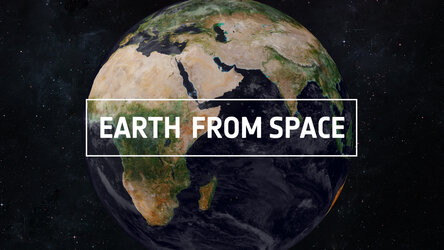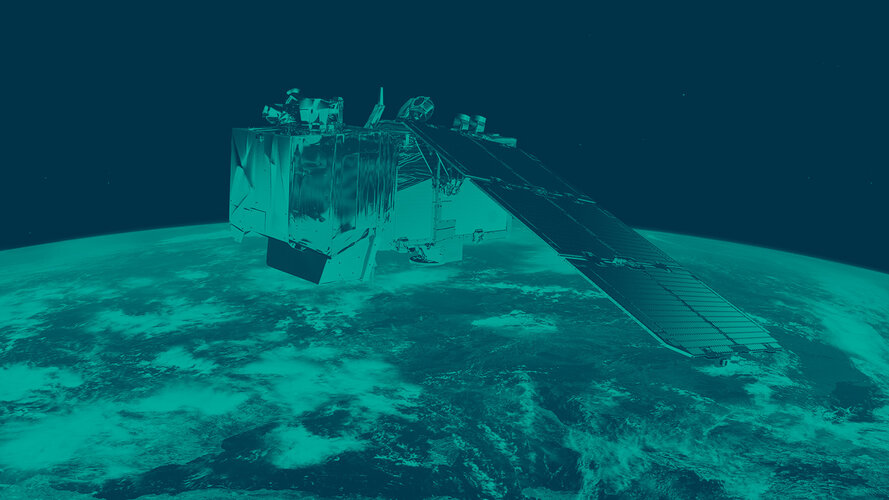Earth from Space: Lesotho
The Copernicus Sentinel-2 mission takes us over northwest Lesotho – a small, land-locked country surrounded entirely by South Africa.
Click on the image below to explore it in its full resolution.

Known for its tall mountains and narrow valleys, Lesotho is the only nation in the world that lies completely above 1000 m in elevation. Lesotho has an area of just 30 000 sq km, around the same size as Belgium, and has a population of around two million.
Around 80% of the country’s population lives in rural areas and more than three quarters of these people are engaged in agriculture – mostly traditional, rainfed cereal production and extensive animal grazing. The country’s agricultural system faces a growing number of issues, including a small portion of the land deemed arable, as well as other climate-related vulnerabilities such as drought, floods and extreme temperatures occurring more frequently.
This composite image was created by combining three separate images from the near-infrared channel from the Copernicus Sentinel-2 mission over a period of nine months.
The first image, captured on 27 November 2020, is assigned to the red channel and represents the onset of the wet summer season; the second from 12 March 2021, represents green, and was captured towards the end of the wet season; and the third from 19 August 2021 covers the blue part of the spectrum, captured during the short, dry season.
All other colours visible in the image are different mixtures of red, green and blue, and vary according to the stage of vegetation growth. A distinct pattern emerges due to topographical differences in this mountainous landscape, such as altitude and slope, which influence local water availability.
Maseru, the capital and largest urban centre of Lesotho, lies directly on the Lesotho— South Africa border. The city is located on the left bank of the Caledon River, also known as the Mohokare River, visible in black.
The Copernicus Sentinel-2 mission is designed to provide images that can be used to distinguish between different crop types as well as data on numerous plant indices, such as leaf area, leaf chlorophyll and leaf water. The mission’s revisit time of just five days, along with the mission’s range of spectral bands, mean that changes in plant health and growth can be more easily monitored.
This image is also featured on the Earth from Space video programme.


Access the video







